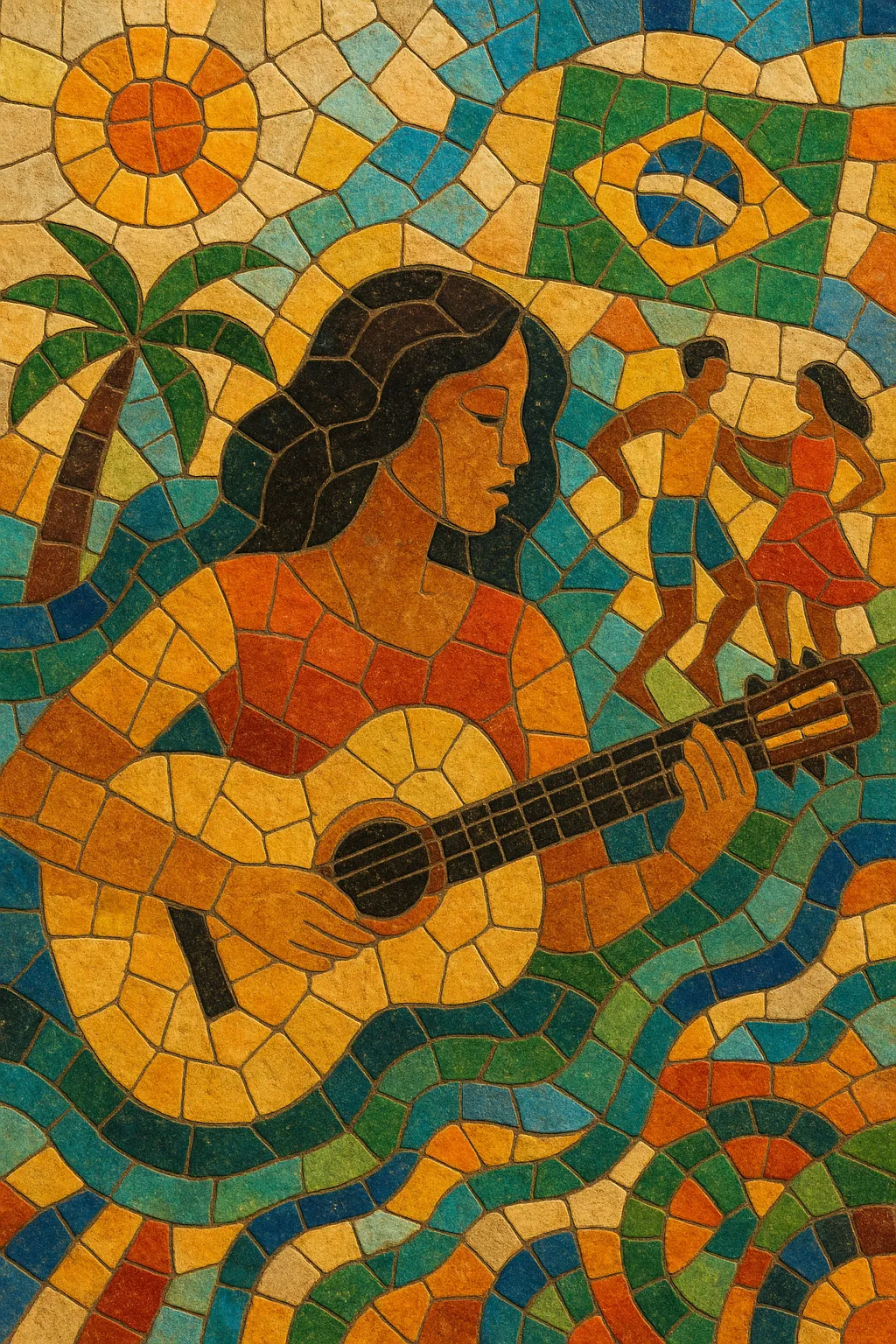Brazilian pop is the mainstream-oriented spectrum of popular music made in Brazil, merging local rhythmic DNA (samba, bossa nova, MPB, axé, forró, sertanejo) with international pop, rock, R&B, and electronic production.
Across eras, it has balanced melodic immediacy and radio-friendly structures with the harmonic richness and syncopation characteristic of Brazilian traditions. In the 2010s–2020s, Brazilian pop increasingly incorporates baile funk grooves, trap/R&B textures, and polished EDM elements, while retaining Portuguese lyrics, regional slang, and themes tied to Brazilian daily life, romance, and celebration.
Brazilian pop coalesced during the TV era and youth music boom of the 1960s, when Jovem Guarda brought Beatles-influenced rock and radio-friendly ballads into Portuguese, and Música Popular Brasileira (MPB) emerged from bossa nova and festival culture. Early stars like Roberto Carlos helped define a distinctly Brazilian version of pop that prized melody, romantic themes, and polished arrangements.
Through the 1970s–1980s, MPB cross-pollinated with pop while Tropicália’s experimental edge normalized stylistic hybridity. The 1990s saw mass-media expansion and the rise of axé from Bahia, pagode’s romantic strands, and the mainstreaming of sertanejo, all of which fed into pop’s sound and star system. Pop-rock bands and balladeers shared charts with TV-driven idols, establishing a national pop industry infrastructure.
As the internet and affordable production tools spread, Brazilian pop absorbed global trends (dance-pop, R&B, EDM) and localized them with regional rhythms. Forró eletrônico modernized northeastern styles with synths; early baile funk crossovers hinted at the next decade’s club-forward direction.
Streaming and social media propelled Brazilian pop to international audiences. Artists fused pop with funk carioca’s tamborzão, trap beats, and glossy R&B hooks, while collaborations with Latin and global acts broadened reach. Meanwhile, nova MPB reintroduced songwriter craft and lush harmony into pop frameworks, and sertanejo universitário leaned heavily into pop production, cementing the genre’s role as Brazil’s mass-appeal musical lingua franca.


